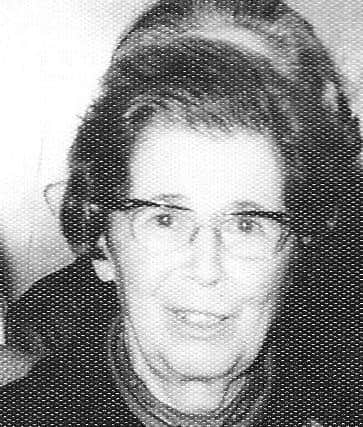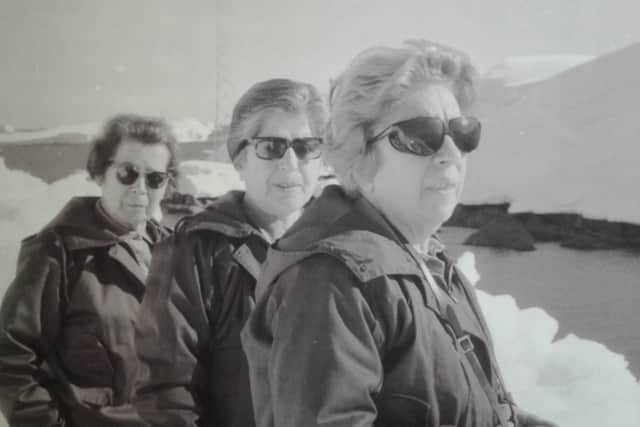Irene Bernasconi: who was the echinoderm specialist - why is she being celebrated by Google Doodle?
and live on Freeview channel 276
Today’s Google Doodle is celebrating renowned marine biologist Irene Bernasconi, who is best known for the work that she carried out in the Antarctic and for being the first echinoderm specialist in Argentina.
This is everything you need to know about Bernasconi.
Who was Irene Bernasconi?
Bernasconi was Argentina’s first echinoderm specialist who dedicated over 50 years of her life to studying sea stars and other marine creatures. An echinoderm refers to any member of the phylum “Echinodermata” which includes species like starfish, brittle stars, sea urchins, sand dollars and sea cucumbers.
Advertisement
Hide AdAdvertisement
Hide AdBernasconi’s main focus of research was sea stars, however she also conducted research into brittle stars and sea urchins as well.


She was born on 29 September 1896 in La Plata, Argentina, and in 1918 she became a teacher, specialising in natural studies. Bernasconi then later started working at the Argentine Museum of Natural Sciences in the early 1920s before publishing her first piece of scientific work in 1924, which included pictures and drawings of the most common sea urchins.
Over the course of her career, Bernasconi was responsible for describing a number of new species from various genus’, as well as revising the taxonomy of pre-existing families like Pterasteridae, Luidiidae, Odontasteridae, Gonisasteridae, Ganeriidae, Asterinidae and Echinasteridae.
Why is today’s date significant?
Google Doodles always appear on a date that’s significant for its subject, with today’s date (Monday 7 November) holding special importance for Bernasconi because it’s the date that she became the first Argentine woman to lead a marine biology expedition in Antarctica, back in 1968, at the age of 72.
Advertisement
Hide AdAdvertisement
Hide AdAlso included on the expedition alongside Bernasconi were three other pioneering female Argentine scientists - María Adela Caría, a bacteriologist, the Head of Microbiology at the Argentine Museum of Natural Sciences; Elena Martínez Fontes, the Head of Marine Invertebrates at MACN, and Carmen Pujals, a renowned specialist in phycology (the study of algae).
The four worked for two and a half months nonstop in order to make the most of their journey, and in that time, collected over 2,000 specimens of echinoderms which led to the discovery of a new family of echinoderms in the region. The team also collected specimens from other areas of Antarctica’s ecosystem, like plant life and other living organisms.


A major breakthrough from their expedition was that of the identification of the algae “Cystosphaera jacquinotii” in its place of origin, something which other biologists had failed to locate for years.
In 1969, Bernasconi and the team were awarded a commemorative medal by the Embassy of Women in America, and in 2018, in honour of her and her colleagues’ work, the Ministry of Foreign Affairs, International Trade and Worship Argentina approved four Antarctic toponyms - Pujals Cove, Cape Caría, Cape Fontes, and Bernasconi Cove.
Advertisement
Hide AdAdvertisement
Hide AdWith the establishment of Bernasconi Cove, the biologist has had her name incorporated into Argentine maps of Antarctica.
When did she die?
Bernasconi retired in 1984 and passed away on 7 July 1989 in Buenos Aires, Argentina, at the age of 92.
Comment Guidelines
National World encourages reader discussion on our stories. User feedback, insights and back-and-forth exchanges add a rich layer of context to reporting. Please review our Community Guidelines before commenting.
